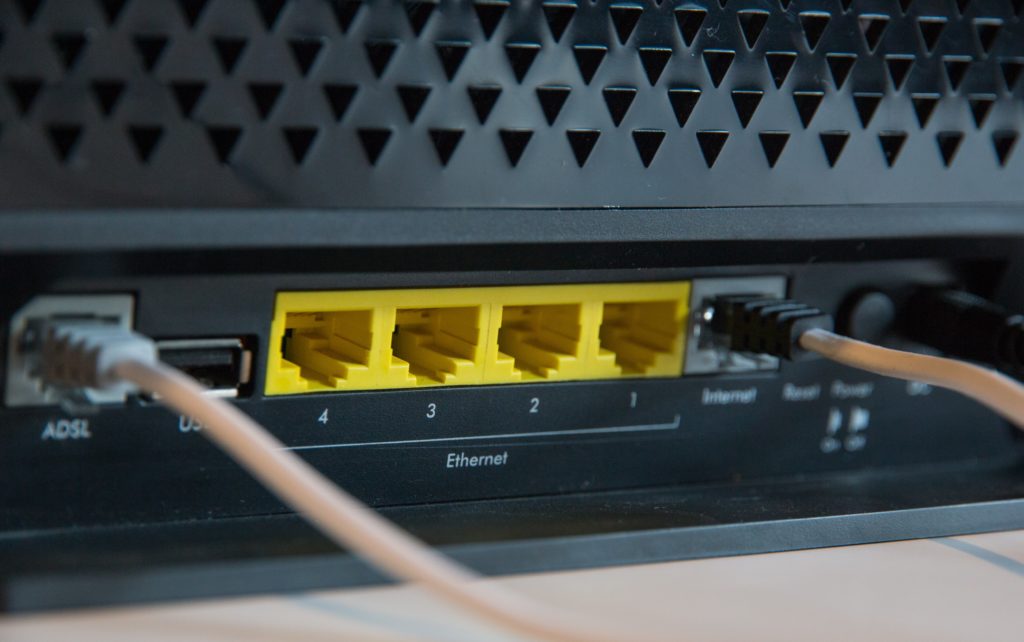Internet connection speeds change along with technology. For example, we were content with 3G a decade ago, we now eagerly wait for 5G. This is primarily because of how content delivery in the virtual world has changed immensely over time. Your internet service provider has an impact on the speed and quality of your connection. In theory, there are two forms of the internet. The broadband connection has replaced the dial-up connection. All of the various internet connection types that will be covered in this article fall under the category of broadband. Let’s Know Type Of Internet Connection At Home.

Internet
The fastest internet connection available is fibre, but it’s also one of the most difficult to locate. Although not as cheap as DSL internet, the cable can also be depended upon. Another good and affordably priced new service is 5G internet; however, it may take some time before it becomes accessible to the population.
What kinds of Internet connections are available for usage at home?
- Cable- Fast, dependable, and almost universal is cable internet. You can basically combine it with cable TV plans or streaming services because it runs via a cable company’s coaxial cabling. It can reach 1,000 Mbps download speeds, which is absurdly fast, but it can’t quite rival fiber for speed. Additionally, it offers a greater variety of speeds than DSL, giving you access to a broader selection of speed levels.
Due to the fact that your service uses a neighbourhood-wide network, cable internet may experience sluggishness at peak times. After a year or two of service, your cost may increase because cable also frequently experiences seasonal price increases. But if your payment is about to increase, don’t be hesitant to phone your provider and request a promotional hookup because cable companies are frequently amenable to bargaining.
- Fiber – The quickest, most dependable, and most cutting-edge internet available is fiber. It doesn’t rely on older or possibly out-of-date communications infrastructure such as cable and DSL, which are common forms of internet access. Instead, it uses a fancy network of fiber-optic cables to transmit data as light signals. However, fiber is more expensive than you would typically receive with a cable or DSL package. Additionally, it is less accessible due to the smaller network coverage.
- DSL – DSL internet transmits data via the traditional cabling of a landline phone network rather than photons whizzing through fiberglass or signals beaming across the most recent telecommunications protocols. DSL is much slower than cable or fiber, and the signal becomes progressively weaker as you move away from the leading network. Cable and DSL are equally accessible. DSL services have pretty clear pricing structures, making them a decent choice if you require Wi-Fi at a reasonable cost with little hassle.
- 5G – The newest wireless technology, 5G, promises superspeeds of 1,000 Mbps and higher with little to no buffering. However, 5G networks are still being built, so it might be a while before 5G home internet is a fully functional form of the internet. The majority of wireless firms are now concentrating on cell phone service; thus, there is relatively little availability. Additionally, because the technology performs best in heavily populated regions, 5G rollouts are now concentrated in and around towns and cities.
- 4G LTE – You can connect to Wi-Fi using G LTE internet while using a 4G wireless network. It’s what you get if you access the internet using a mobile hotspot or the data on your phone. But recently, it has also developed into a choice for home internet, thanks to the introduction of services like Verizon’s 4G LTE Home Broadband and T-Mobile Home Broadband.
Although the speeds can vary depending on your location concerning the closest cell tower, 4G LTE internet still has several advantages, such as a low cost and availability in rural areas. It offers you quicker speeds and a lot more data than satellite internet, so it’s a great choice.
- Fixed wireless – Through radio waves sent to an antenna panel you install in your home, fixed wireless technology provides internet access. Even though this internet isn’t very prevalent, it can be helpful in remote places and cities with poor internet access when satellite internet is the only alternative and is typically slower and more expensive.
- Satellite – A signal from space-based satellites is sent down to Earth to power the satellite internet. This means that virtually anywhere in the US has access to satellite internet. Your signal will, however, have to travel up to 1,200 miles one way to get to your computer, tablet, or phone, which will result in relatively poor internet speed.
Conclusion
Selecting one of the many internet service providers in the USA can be challenging. By locating the most significant discounts and prices for you and sending them right to you, the service Expat Offers might be helpful. You can decide between self-installation and installation by a technician once you’ve selected your service and provider. If you opt for self-installation, which is typically not difficult, you should get your kit within a few days. All businesses provide their customers with phone and online help.
Frequently asked questions
- How fast is my internet connection?
Your internet service provider chooses the kind of connection you have. The four main types of fixed wireless internet are fiber, cable, DSL, and satellite.
- What kind of internet connection is most typical?
Cable internet connections are the most typical kind.
- Which is the largest internet connection provider in the US?
AT&T, Verizon, and Comcast are the most prominent Internet providers in the US, but high connectivity depends on the growth area.
- Which is the fastest speed available?
Gigabit is considered the fastest, which gives around 1000mbps over fiber-optic lines.
